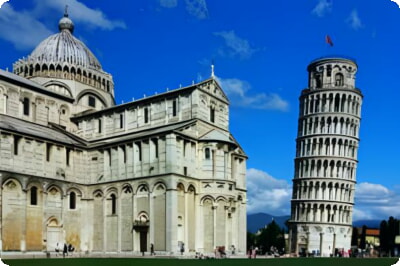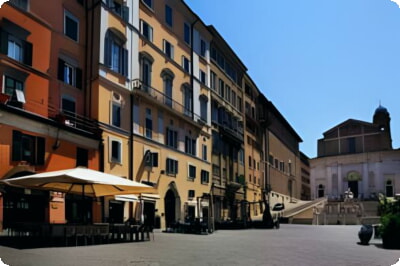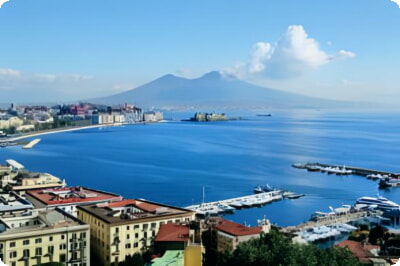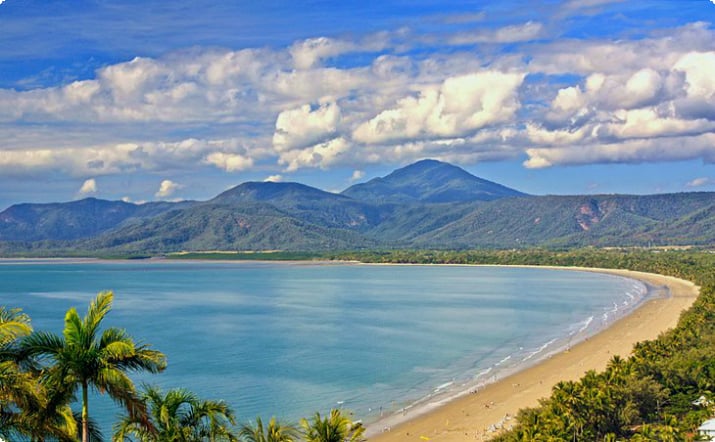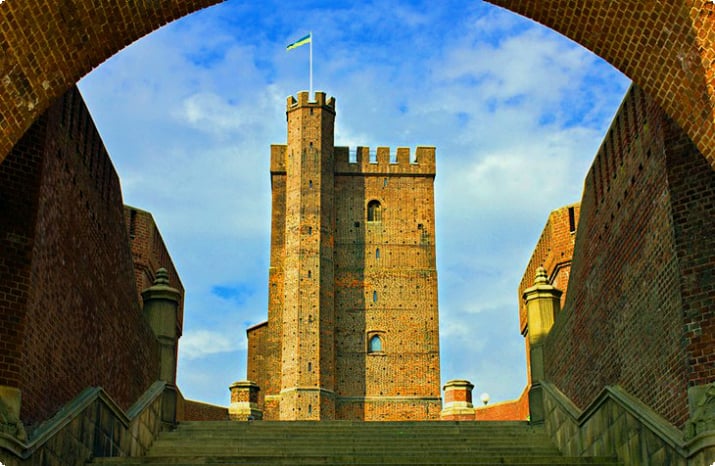Explore Syracuse: A Treasure Trove of Ancient Wonders
Syracuse isn't boasting when it claims titles like "oldest," "biggest," and "best preserved" for its historical sites. This city is home to an impressive ancient Greek theater, expansive catacombs, a grand Roman amphitheater, and robust Greek fortifications.
Its cathedral incorporates the columns of an ancient Temple to Athena, and it's near Sicily's second most significant archaeological museum. The quarries here supplied stone for these ancient structures, adding to Syracuse's allure as a top destination in Sicily. Combine your visit with the Rocky Necropolis of Pantalica for a complete UNESCO World Heritage experience. Consider renting a car to explore Syracuse at your leisure.
See also: Where to Stay in Syracuse
1. Island of Ortigia and Fonte Arethusa
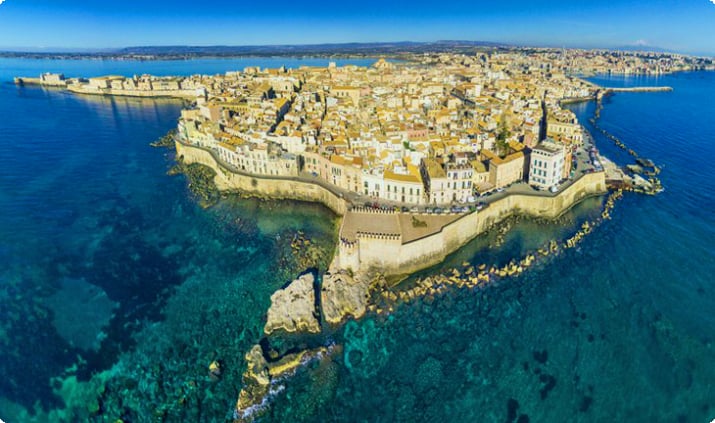
Ortigia, the historical heart of Syracuse, is a maze of charming lanes, cafes, and shops. The Foro Italico promenade offers stunning sea views and historical sites like the 15th-century Porta Marina and the early 16th-century church of Santa Maria dei Miracoli. Don't miss the Fonte Arethusa, a freshwater spring with a mythological backstory and rare wild papyrus.
2. Santa Maria delle Colonne (Cathedral)
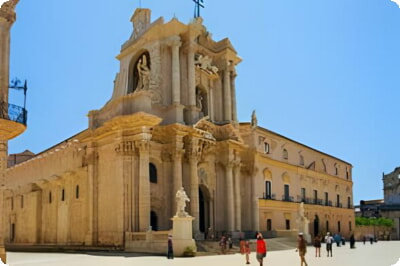
The cathedral's unique feature is its incorporation of the ancient Temple of Athena's Doric columns. The building's history is a tapestry of Syracuse's past, with a Baroque facade and a mix of elements from various periods, including a 12th-century font and a painting attributed to Antonello da Messina.
Walking tours in Syracuse
3. Neapolis Archaeological Park and Greek Theater
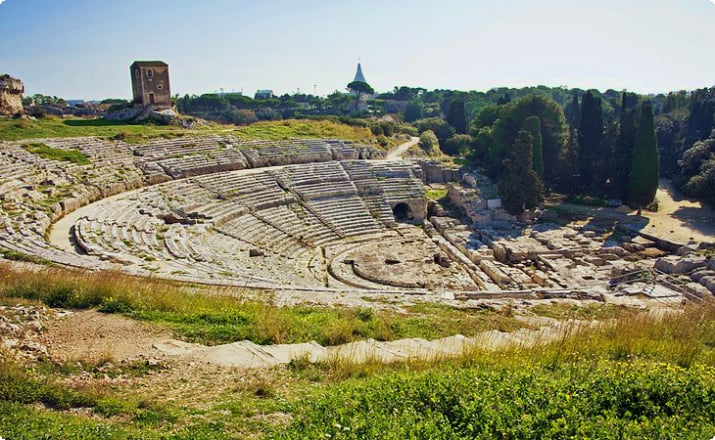
The Greek Theater at the Parco Archeologico della Neapolis is one of the largest from the ancient Greek world. It hosted premieres of Aischylos and other classical playwrights. The theater's design evolved over time, reflecting its use for both theatrical performances and gladiatorial games.
4. Latomia del Paradiso and the Ear of Dionysius
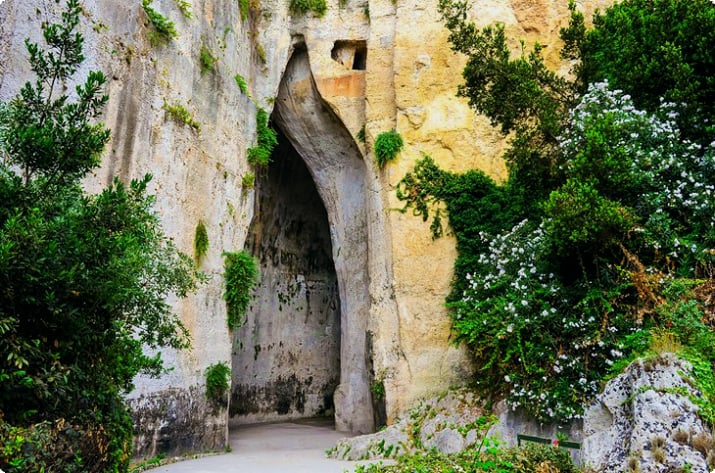
The Latomia del Paradiso is a vast ancient quarry, part of the Neapolis park. The Ear of Dionysius, a cavern with exceptional acoustics, is a highlight here, where legend has it the tyrant Dionysius eavesdropped on prisoners.
5. Museo Archeologico Regionale Paolo Orsi
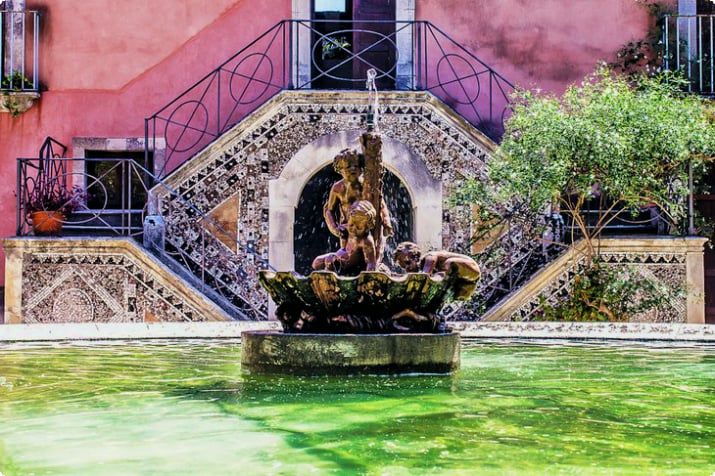
Housed in Villa Landolina, this museum showcases artifacts from prehistoric to Byzantine times, with a focus on the Classical period. Notable exhibits include a sixth-millennium BC vase and a collection of red translucent vessels from Pantálica.
6. Maniace Castle
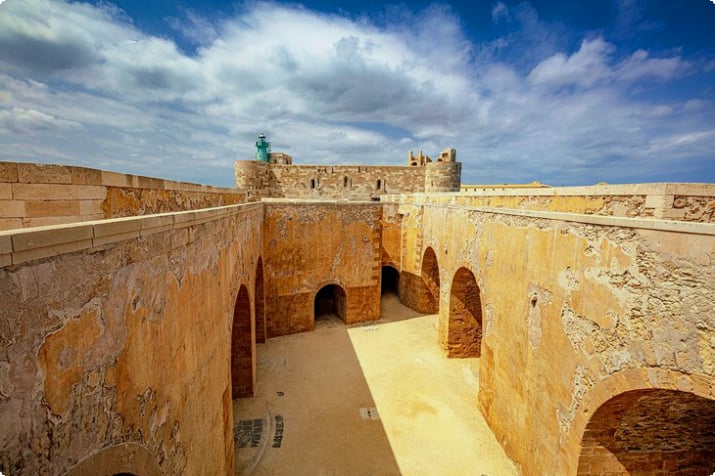
Maniace Castle, built by Frederick II, has served as a royal residence, a prison, and a military stronghold. It offers a glimpse into the region's history and architecture, including a small museum of Norman-era artifacts.
7. San Giovanni Crypt and Catacombs
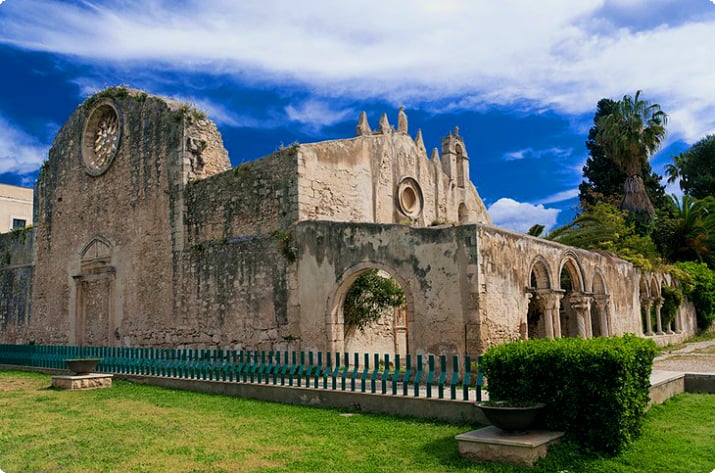
The San Giovanni complex includes a crypt and extensive catacombs larger than Rome's. The crypt, dating back to the Roman period, features ancient and Christian symbols, while the catacombs are a testament to the city's early Christian history.
8. Piazza Duomo and the Ipogeo
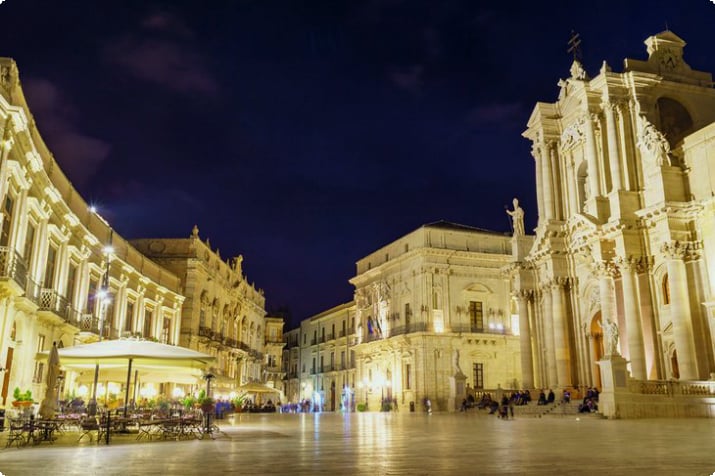
Piazza Duomo is a showcase of Baroque architecture, built atop the ancient Temple of Minerva. Beneath the square lies the Ipogeo, a network of tunnels and quarries that served as a refuge during World War II bombings.
9. Roman Amphitheater and Altar of Hiero II
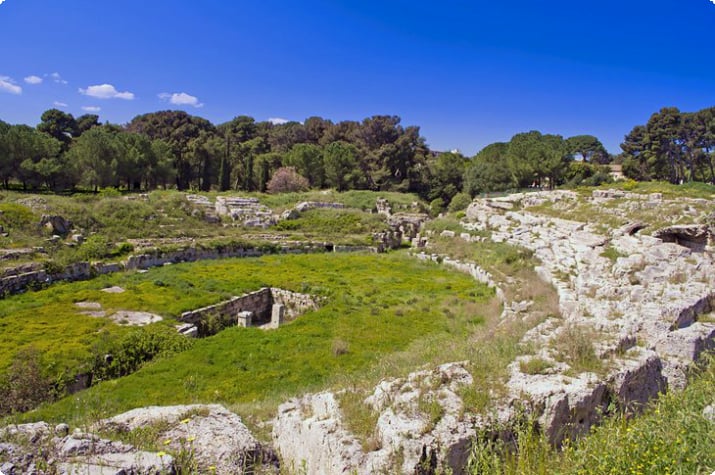
The Roman amphitheater, designed for gladiatorial games, and the Altar of Hiero II, a site of grand sacrifices, are remnants of Syracuse's Roman era. Nearby, the Necropoli Grotticelli and the so-called Grave of Archimedes can be found.
10. Galleria Regionale
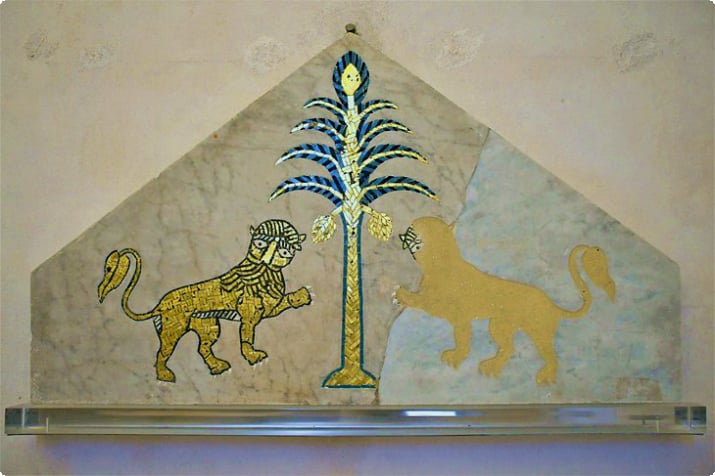
The Palazzo Bellomo's art museum features sculptures, paintings, and decorative arts from the Early Christian period to the 18th century, including works by Antonello da Messina and Caravaggio.
11. Eurialo Castle
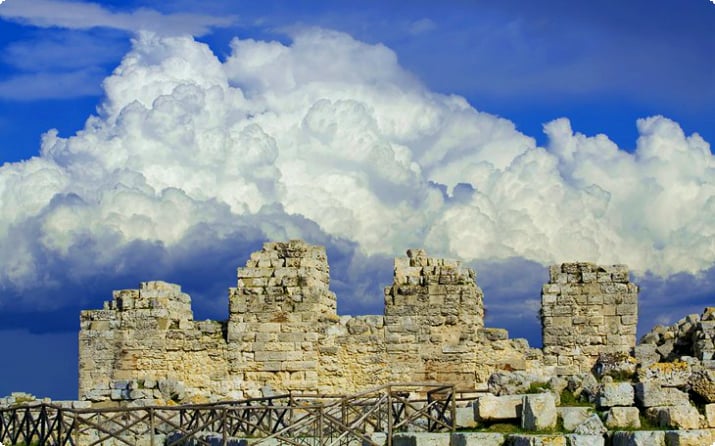
Eurialo Castle is a well-preserved Greek fortification, reflecting the city's military history and the innovations of the time, including the legend of Archimedes' burning mirror used to defend against Roman ships.
12. Santa Lucia
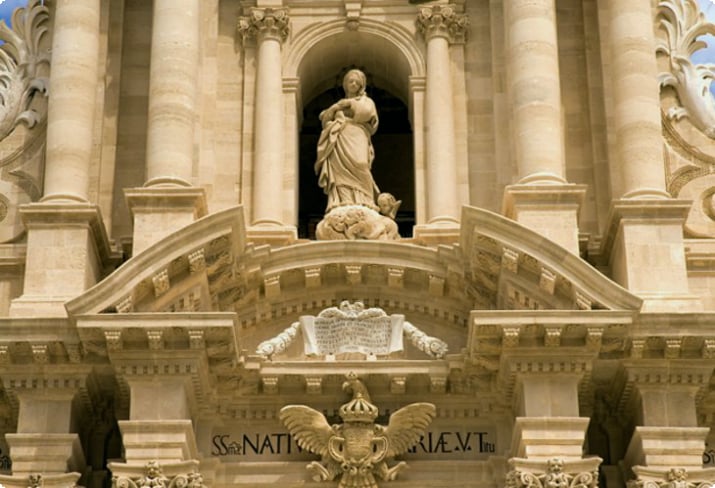
The basilica of Santa Lucia stands on the site of the saint's martyrdom, with a mix of architectural styles and a history that spans centuries. The Piazza Santa Lucia and the Chiesa del Sepolcro add to the site's significance.
13. Temple of Apollo
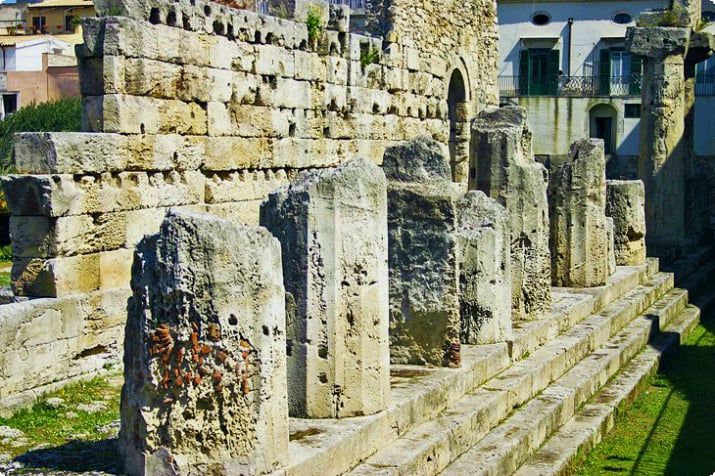
The Temple of Apollo, dating back to 570 BC, is Sicily's oldest Doric temple. It has served many roles over the centuries, reflecting the island's diverse cultural influences.
14. Latomia dei Cappuccini
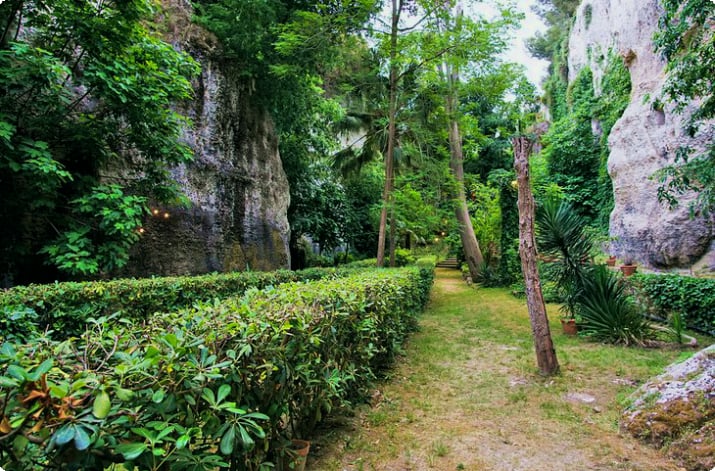
The Latomia dei Cappuccini is an ancient quarry turned into a serene garden by Capuchin monks. It's a reminder of Syracuse's past and a venue for summer cultural events.
Where to Stay in Syracuse for Sightseeing
For the best experience, choose accommodations that allow easy access to both Ortigia and the mainland archaeological sites. Options range from luxury to budget hotels, ensuring a comfortable stay for every traveler.
More Related Articles on tripates.com
Where to Go from Syracuse: Explore the Baroque wonders of Ragusa, the architecture of Catania, and the charm of Taormina, a gateway to Mt. Etna.
What to See in Sicily: Venture west to experience Palermo's attractions, the stunning Monreale Cathedral, and Sicily's best beaches.


